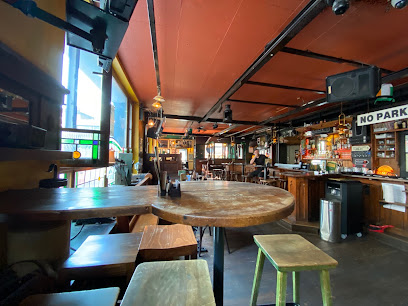
Bogside '69: A Sculpture of Remembrance
A powerful sculpture in Hanover commemorating the Bogside events of 1969 in Northern Ireland, connecting human rights, political violence, and the need for peace and understanding.
Bogside '69 is a thought-provoking sculpture located in Hanover's city center. Created by Hans-Jürgen Breuste, it serves as a memorial to the civil rights violations during the conflict in Northern Ireland in 1969, specifically in the Bogside area of Derry. The sculpture, featuring a granite fist bound by iron bands, connects the Northern Ireland conflict with political violence during the Nazi era, as the granite was sourced from a quarry where Nazi sculptors once worked. Situated on Osterstraße, this thought-provoking piece encourages reflection on human rights and political aggression, making it a compelling stop for those exploring Hanover's public art scene. Its central location allows for easy access and contemplation amidst the bustling city environment, offering a moment to pause and consider the sculpture's powerful message. The sculpture stands as a testament to the artist's ability to intertwine historical context with artistic expression, creating a space for dialogue and remembrance.
A brief summary to Bogside '69 - Skulptur
- Osterstraße 3, Hanover, Hanover-Mitte, 30159, DE
Local tips
- Take time to reflect on the sculpture's message and its connection to the history of the Northern Ireland conflict.
- Consider the artist's use of materials and symbolism in conveying the themes of captivity and oppression.
- Explore other public art installations in Hanover to gain a broader understanding of the city's cultural landscape.
Getting There
-
Public Transport
From Hannover Hauptbahnhof (main train station), take any of the U-Bahn lines (1, 2, 3, 7, 8, or 9) to Kröpcke. From Kröpcke, walk approximately 5 minutes west along Osterstraße. The sculpture will be on your right. A single ride ticket costs around €3.50.
-
Walking
From Kröpcke, a central square in Hannover, walk west along Osterstraße for approximately 5 minutes. The sculpture will be located on your right, along the pedestrian zone. This is a straightforward and easily walkable route.
-
Taxi/Ride-Share
A taxi or ride-share from Hannover Hauptbahnhof to Osterstraße 3 will cost approximately €8-€12, depending on traffic. The journey typically takes around 5-10 minutes.
-
Driving
If driving, be aware that Osterstraße is a pedestrian zone. The closest parking options are Parkhaus Osterstraße (Osterstraße 42) or the Altstadt/Schmiedestraße parking garage. Parking fees typically range from €1.10 per hour to €11 per day.
Discover more about Bogside '69 - Skulptur
Iconic landmarks you can’t miss
Bogside '69 - Skulptur
0.0 km
A powerful sculpture in Hanover commemorating the Bogside events of 1969 in Northern Ireland, connecting human rights, political violence, and the need for peace and understanding.
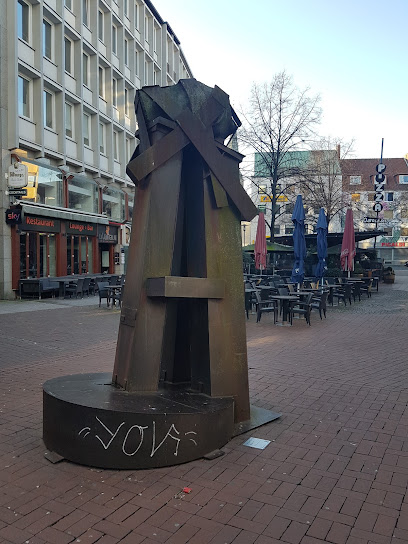
Drachentöterhaus
0.2 km
Explore Drachentöterhaus in Hanover, a historical landmark that enchants visitors with its rich history and captivating architecture.
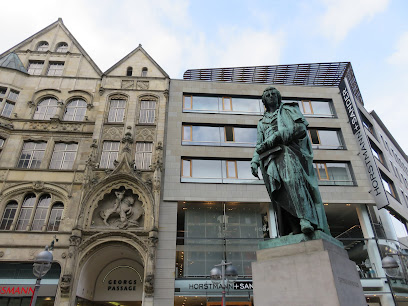
Kreuzkirche
0.2 km
Discover Hannover's oldest parish church, the Kreuzkirche, a blend of Gothic and Baroque architecture housing historical treasures and hosting vibrant cultural events in the heart of the Old Town.

Friedrich Schiller
0.2 km
Discover the Friedrich Schiller Monument in Hanover, a cultural gem honoring the great German playwright amidst beautiful gardens.
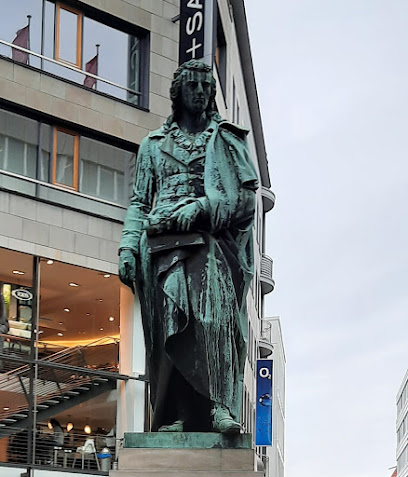
Broyhan Haus
0.2 km
Discover the authentic taste of Germany at Broyhan Haus, where every meal is a celebration of tradition and flavor in the heart of Hanover.
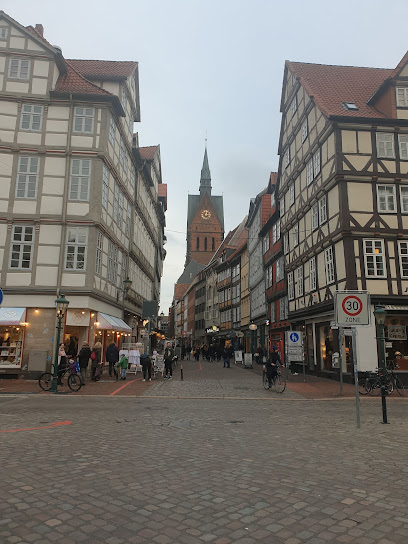
Ballhofpl. 1
0.2 km
Discover Hanover's historic heart at Ballhofplatz, a charming square with a rich past, vibrant cultural scene, and picturesque half-timbered buildings, offering a delightful experience for every traveler.
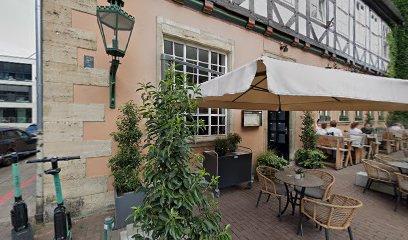
ATRIUM Altes Rathaus Hannover
0.3 km
Dine in the heart of Hanover's history at ATRIUM Altes Rathaus, where culinary excellence meets architectural grandeur in the city's oldest secular building, offering a unique and memorable experience.
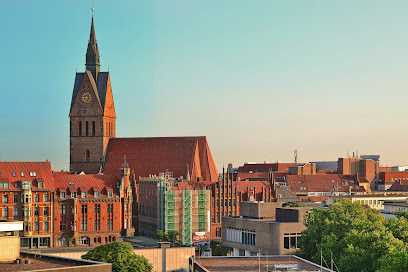
Leineschloss
0.4 km
Explore Hannover's Leineschloss: A historic palace turned parliament, blending centuries of royalty and political power in the heart of the city.

Anzeiger-Hochhaus
0.4 km
Discover Hanover's iconic Anzeiger-Hochhaus, a Brick Expressionism masterpiece with a rich media history and the highest cinema in Germany, offering a unique cultural experience.
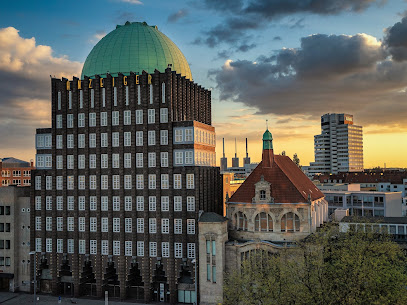
Göttingen Seven Monument
0.4 km
Explore the Göttingen Seven Monument in Hanover, a historic landmark celebrating the legacy of academic freedom and courage.
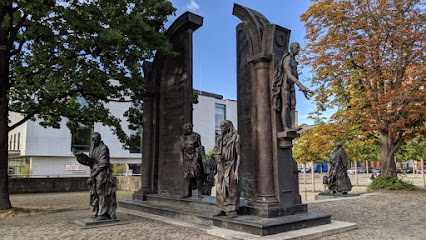
Ernst-August-Platz 8
0.5 km
Experience the vibrant heart of Hannover at Ernst-August-Platz, a historic square connecting travelers to the city's rich culture, major attractions, and bustling commercial center.
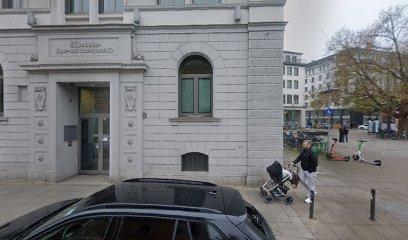
Abendmahl
0.5 km
Explore Abendmahl, a serene tourist attraction in Hanover, where history, culture, and tranquility converge for an unforgettable experience.
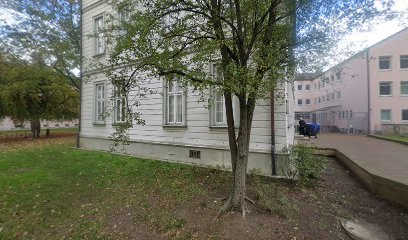
Laveshaus
0.5 km
Explore Laveshaus, an architectural masterpiece in Hanover, where history and beauty meet in stunning harmony.
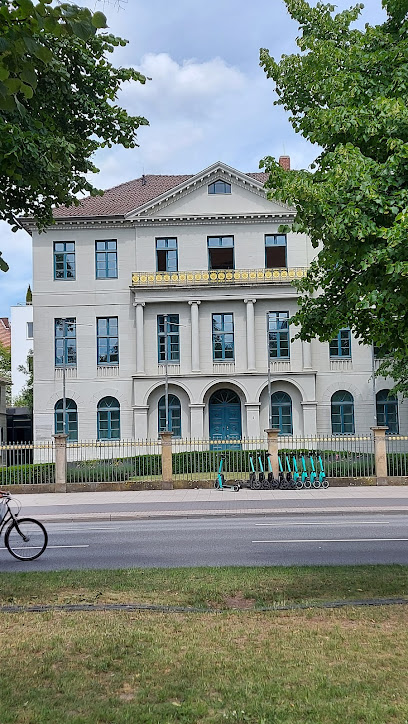
Clevertorbrücke
0.5 km
Explore Clevertorbrücke in Hanover, where stunning architecture meets vibrant culture and picturesque views, perfect for every tourist's itinerary.

Wünschestein (Skulptur)
0.6 km
Explore Wünschestein in Hanover, a stunning sculpture that reflects contemporary art and cultural vibrancy in the heart of the city.
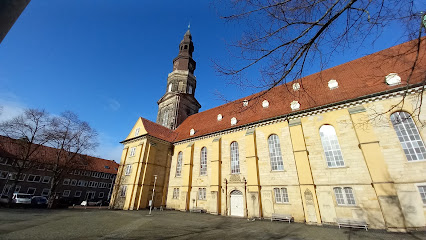
Unmissable attractions to see
Fountain Of Leaves
0.2 km
Discover the serene beauty of the Fountain of Leaves in Hanover, a tranquil oasis perfect for relaxation and picturesque memories.
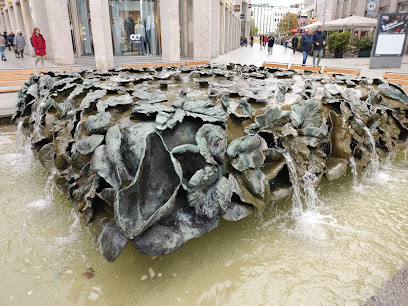
Market Church Hannover
0.2 km
Explore the historical and architectural beauty of Market Church Hannover, a stunning Gothic landmark in the heart of the city.
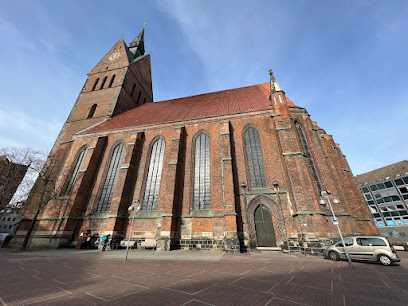
Marktkirche Hannover
0.2 km
Discover the historical and architectural wonders of Marktkirche Hannover, a stunning Gothic church in the heart of Hanover.
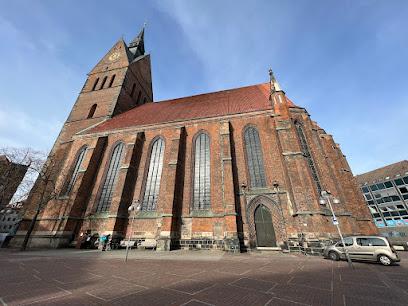
Ballhofplatz
0.2 km
Discover Ballhofplatz in Hanover: A historical plaza filled with culture, charm, and picturesque scenery, perfect for leisurely exploration.
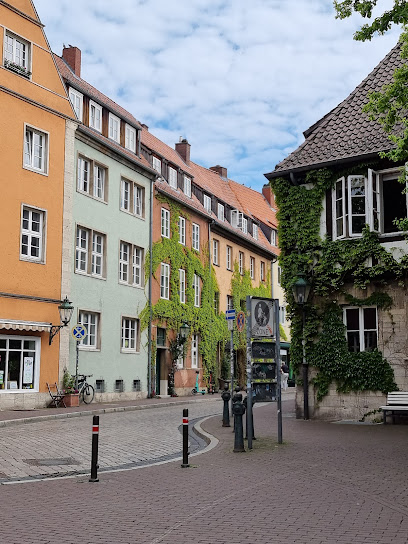
Hannover Altstadt
0.3 km
Explore Hannover Altstadt: A Historical Landmark Filled with Culture, Charm, and Unique Experiences in the Heart of Hanover.
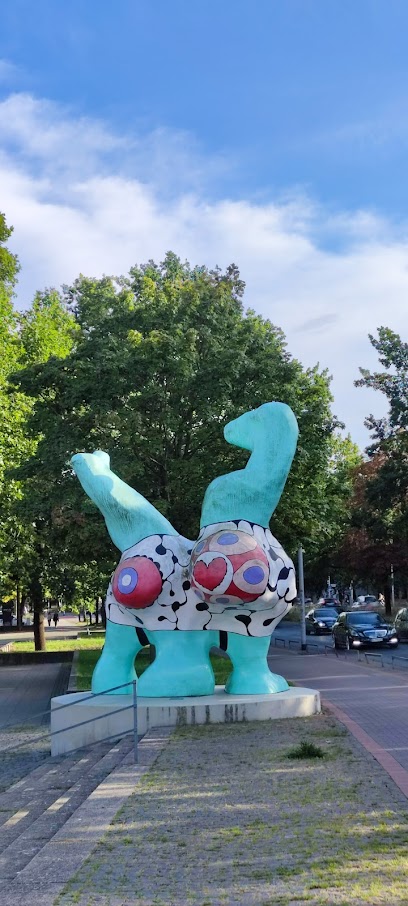
" Mann mit Hirsch "
0.3 km
Discover the enchanting Mann mit Hirsch statue in Hanover, a blend of art and history in a charming urban setting.
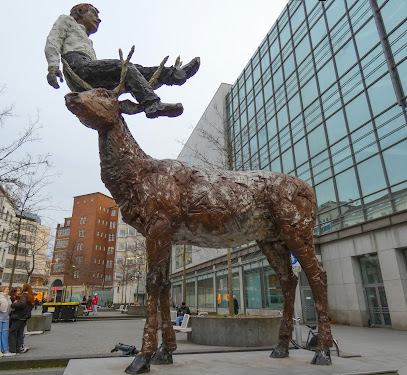
Kröpcke Clock
0.3 km
Explore the historic Kröpcke Clock in Hanover, a stunning landmark surrounded by vibrant shops and cafés, perfect for relaxation and cultural immersion.
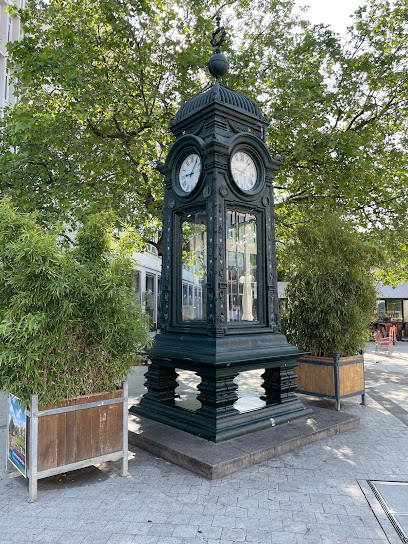
Old Town Hall
0.3 km
Discover the stunning architecture and rich history of Hanover's Old Town Hall, a must-visit landmark for every tourist exploring the city.
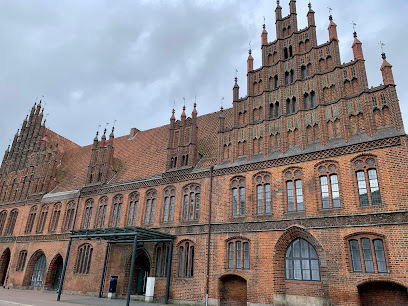
GOP Varieté-Theater Hannover
0.3 km
Experience the magic of performing arts and fine dining at GOP Varieté-Theater Hannover, a cultural gem in the heart of Hanover.
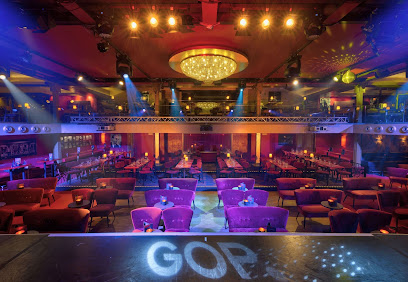
Hannover History Museum
0.3 km
Explore the fascinating history of Hanover at the Hanover History Museum, showcasing artifacts from medieval to modern times in an interactive setting.
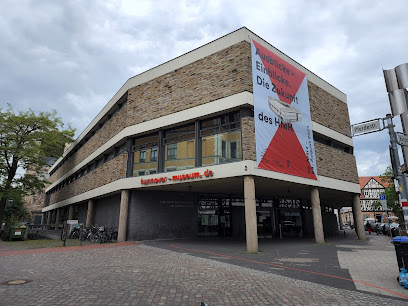
Oskar Winter Fountain
0.3 km
Experience the charm of Hannover at Oskar Winter Fountain, a delightful tourist attraction surrounded by lush greenery and vibrant city life.
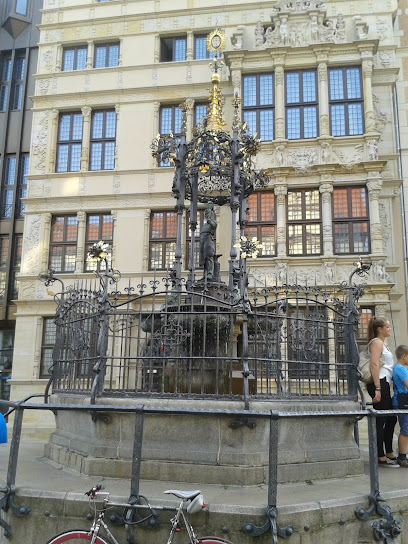
Oskar Winter-Brunnen
0.3 km
Experience tranquility at Oskar Winter-Brunnen, a stunning fountain in Hanover that blends art, nature, and relaxation.
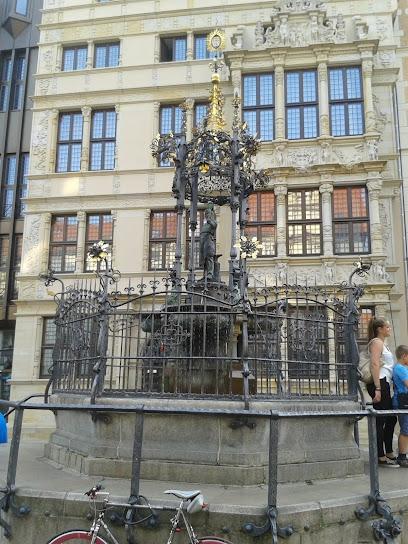
Tor des Marschalls Marstalltor
0.3 km
Discover the Tor des Marschalls Marstalltor, a stunning historical landmark in Hannover showcasing rich architectural heritage and captivating stories.
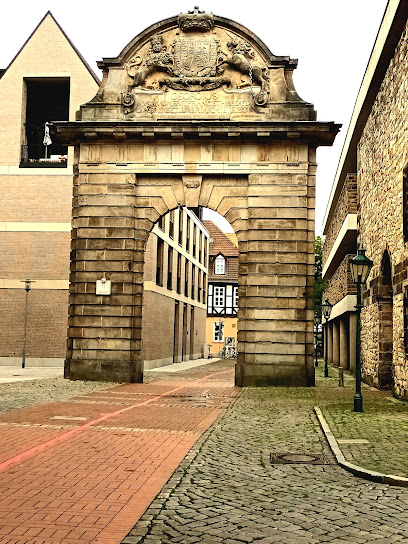
Leibniz House
0.3 km
Explore the historic Leibniz House in Hanover, a cultural landmark celebrating the genius of Gottfried Wilhelm Leibniz and his enduring legacy.
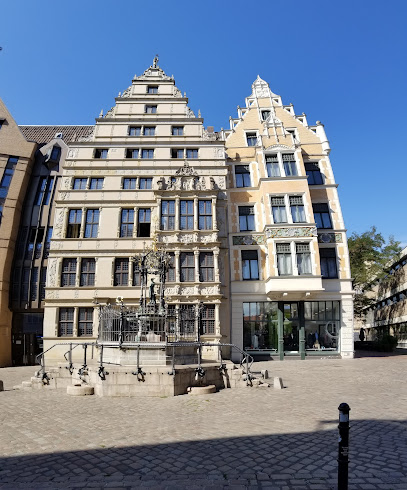
Blinden Stadtmodell Innenstadt Hannover
0.3 km
Discover Hannover's landmarks in a unique tactile experience at the Blinden Stadtmodell, perfect for all tourists looking to explore the city inclusively.
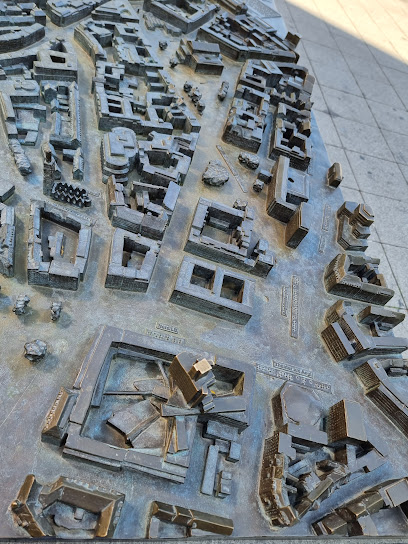
Essential places to dine
6 Sinne Sky Bar and Restaurant
0.1 km
Discover exquisite dining with panoramic views at 6 Sinne Sky Bar and Restaurant in Hanover – where culinary artistry meets stunning skyline vistas.
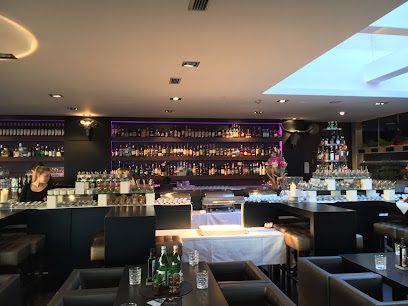
DIE SCHMIEDE Hannover
0.2 km
Discover DIE SCHMIEDE Hannover – where traditional German cuisine meets vibrant social atmosphere in the heart of Hanover.
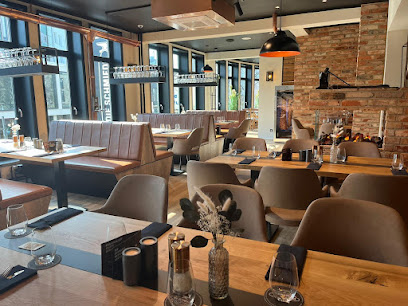
Restaurant Grüpchen
0.2 km
Discover the rich flavors of Hanover at Restaurant Grüpchen - where local meets international cuisine in a cozy setting.
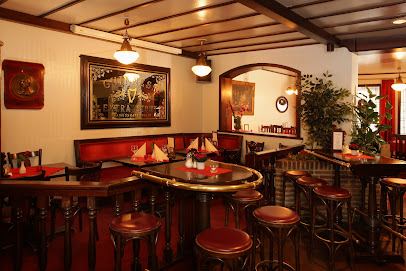
BLOCK HOUSE Am Kröpcke
0.2 km
Experience exquisite steaks and welcoming ambiance at BLOCK HOUSE Am Kröpcke - the ultimate dining destination in Hannover.
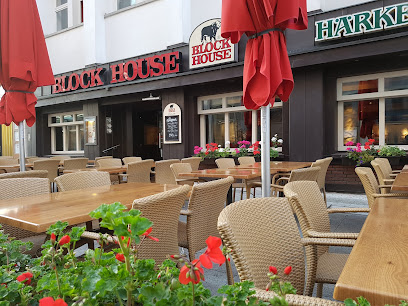
Gondel Restaurant & Bar im Georgspalast
0.3 km
Experience traditional German cuisine with a modern twist at Gondel Restaurant & Bar in Hanover's historic Georgspalast.
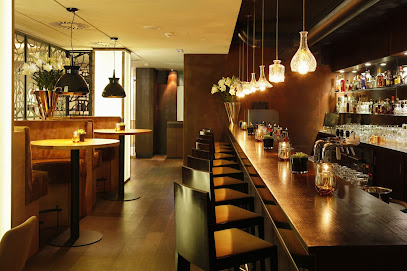
Stadtmauer am Fluss
0.3 km
Discover culinary delights at Stadtmauer am Fluss in Hannover, where local flavors meet serene riverside views for an unforgettable dining experience.
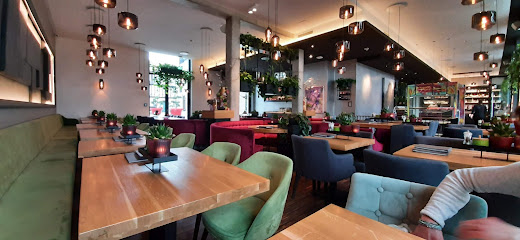
bona'me Hannover
0.3 km
Experience the best of Middle Eastern cuisine at bona'me Hannover - where tradition meets flavor in a vibrant atmosphere.
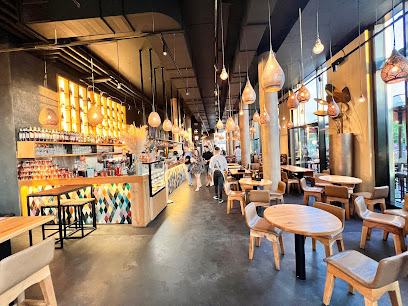
Bavarium Hannover
0.3 km
Experience authentic German cuisine and lively beer garden vibes at Bavarium Hannover - a culinary delight in the heart of Hanover.
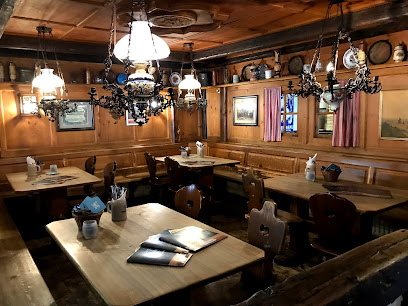
KUHnstWERK
0.4 km
Experience gourmet burgers at KUHnstWERK in Hannover – where taste meets creativity in every bite.
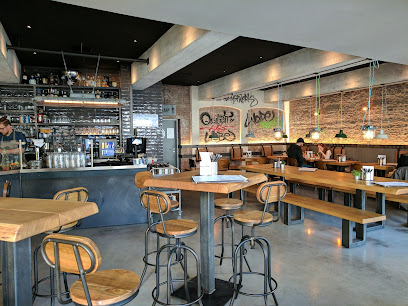
A´Mura
0.4 km
Experience authentic Italian cuisine at A'Mura in Hanover—where every dish tells a story.

Max Walloschke
0.4 km
Experience authentic German cuisine at Max Walloschke in Hanover, where tradition meets taste in a cozy setting.
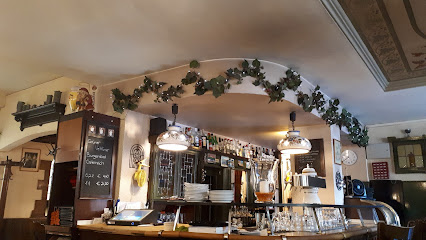
VOTUM
0.4 km
Experience exquisite fine dining at VOTUM in Hanover – where modern gastronomy meets elegant ambiance.

Restaurant Brunnenhof
0.4 km
Experience authentic German cuisine in Hanover at Restaurant Brunnenhof - where tradition meets taste in a warm atmosphere.
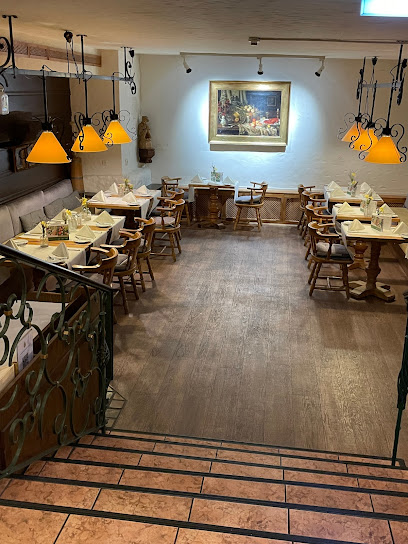
MARY´s Restaurant
0.4 km
Experience fine dining at MARY's Restaurant in Hanover—where culinary excellence meets sophisticated ambiance.
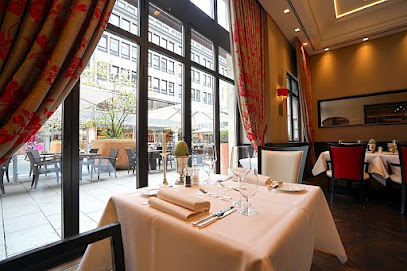
Wilma Wunder Hannover
0.5 km
Experience authentic German cuisine at Wilma Wunder Hannover – where tradition meets innovation in every dish.
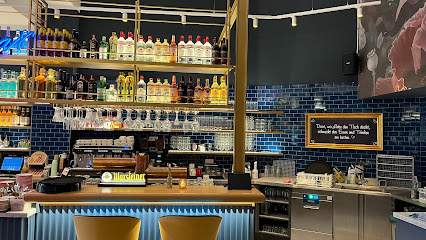
Markets, malls and hidden boutiques
greenality Hannover
0.0 km
Explore sustainable fashion at Greenality Hannover, where style meets eco-consciousness in the heart of the city.
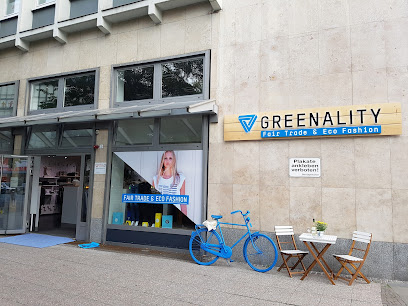
Primark
0.1 km
Explore Primark in Hannover for trendy, affordable fashion and home goods that cater to every style and budget.
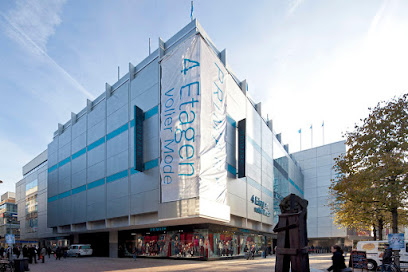
Kauf Dich Glücklich Hannover
0.1 km
Explore stylish clothing and unique footwear at Kauf Dich Glücklich Hannover, a must-visit destination for fashion lovers.

Zalando Outlet Store Hannover
0.1 km
Explore unbeatable fashion deals at Zalando Outlet Store Hannover, your ultimate shopping destination for clothing, shoes, and accessories.
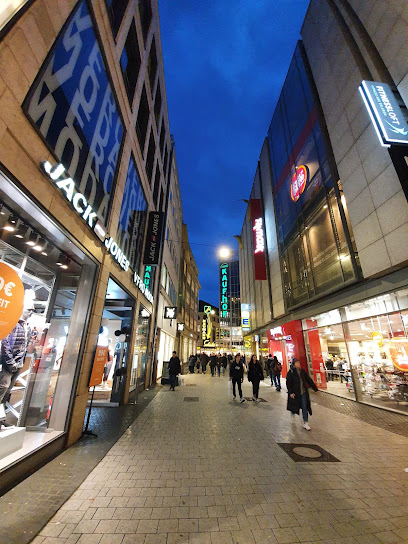
HEMA
0.2 km
Explore HEMA in Hanover for unique gifts and delightful products, from clothing to home decor, all in a charming shopping atmosphere.
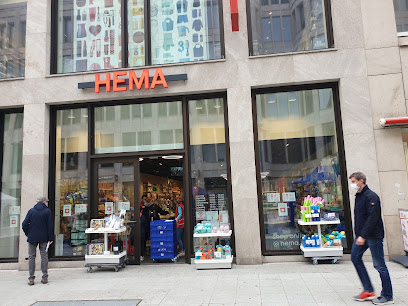
Blue House
0.2 km
Explore the Blue House in Hanover, where quality men's fashion meets modern style for the discerning traveler.
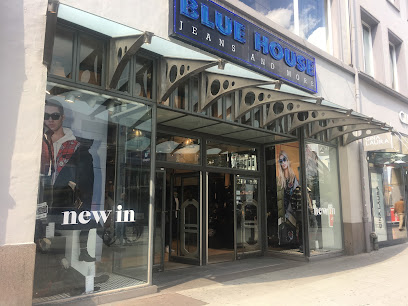
Marie Jo Modeboutique
0.2 km
Explore the elegance of men's fashion at Marie Jo Modeboutique in Hannover, where style meets quality in a charming boutique atmosphere.
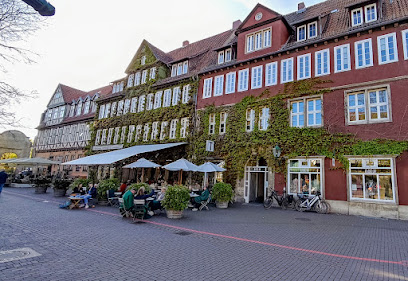
Lacoste
0.2 km
Explore fashion at Lacoste in Hannover - a stylish destination for men's, women's, and children's clothing, accessories, and footwear.
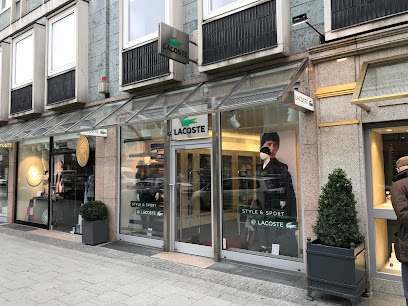
Urban Outfitters
0.2 km
Shop unique fashion, accessories, and home decor at Urban Outfitters in Hanover, where trendy meets eclectic for a memorable shopping experience.
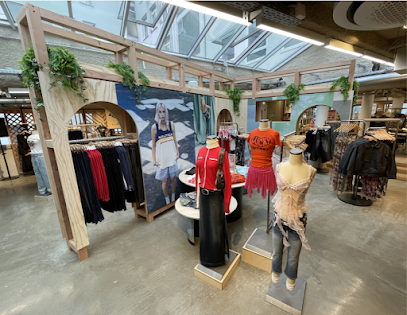
Oxfam Shop Hannover
0.2 km
Explore Oxfam Shop Hannover for unique thrift finds - clothing, accessories, and books that support global charity efforts.
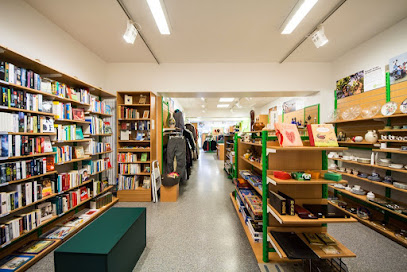
AUST Fashion Hannover - Kröpcke Center
0.2 km
Discover unique styles at AUST Fashion Hannover, located in the vibrant Kröpcke Center, where contemporary fashion meets local charm.
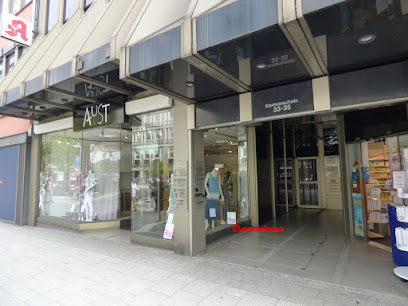
Souvenirs & Geschenkartikel Inh. Lutz Wedekind
0.3 km
Explore unique souvenirs and gifts at Souvenirs & Geschenkartikel in Hanover, the perfect stop for capturing memories of your travels.
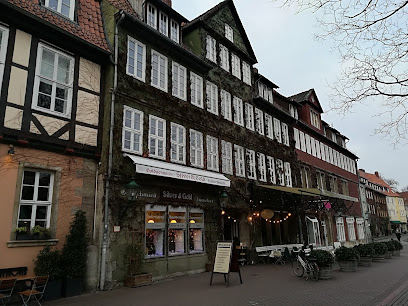
Manufactum Warenhaus
0.3 km
Explore the charm of Hannover at Manufactum Warenhaus, where quality and craftsmanship come together in a delightful shopping experience.
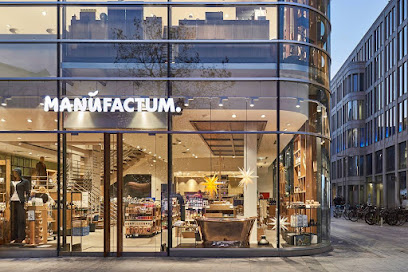
BOLIA - Hannover, Schillerstraße
0.3 km
Explore modern Scandinavian furniture and design inspiration at Bolia in Hannover, where style meets sustainability in every piece.
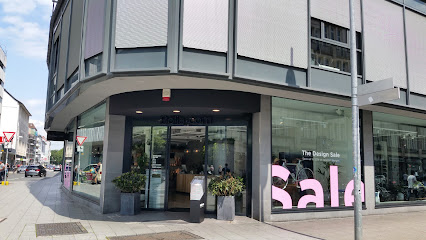
WERKHAUS GmbH Shop Flagship-Store
0.3 km
Explore WERKHAUS GmbH Flagship-Store in Hanover for unique gifts and innovative designs that embody creativity and sustainability.
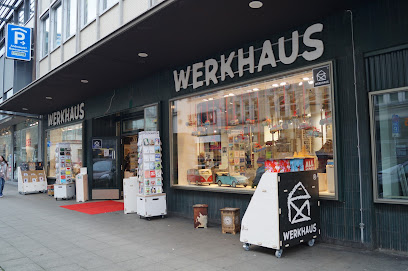
Essential bars & hidden hideouts
Brauhaus Ernst August
0.1 km
Experience the best of Hanover at Brauhaus Ernst August, a lively gastropub offering delicious food, local beers, and vibrant live music.
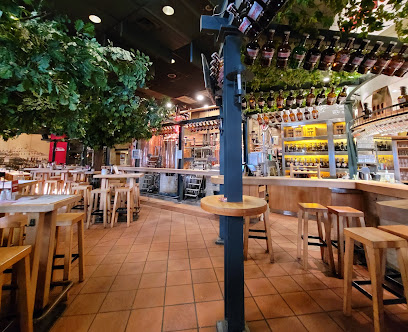
Alt Hanovera Irish Pub
0.2 km
Discover the authentic Irish pub experience at Alt Hanovera, where great food, drinks, and live music create memorable moments in Hannover.
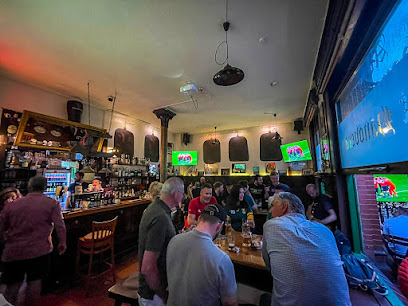
My Way Altstadt
0.2 km
Savor the essence of Hanover at My Way Altstadt, where gourmet burgers, artisanal pizzas, and vibrant cocktails come together in a lively atmosphere.
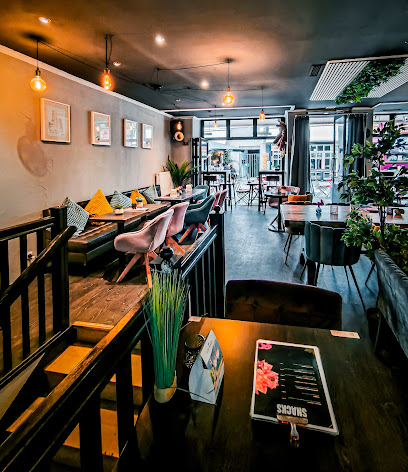
Craft Bier Bar Hannover
0.2 km
Discover the vibrant craft beer culture at Craft Bier Bar Hannover, where every sip tells a story of passion and flavor.
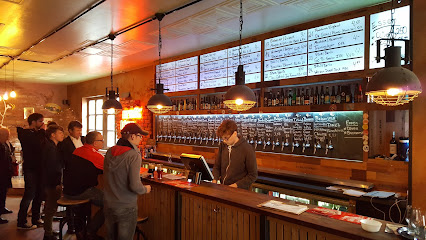
Schateke
0.3 km
Discover the flavors of Germany at Schateke, a cozy pub in Hanover-Mitte offering traditional dishes and a fine selection of local beers.
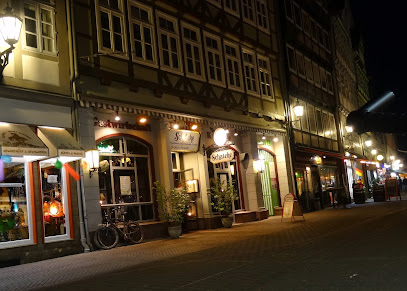
Roof Garden Hannover
0.3 km
Discover the vibrant Roof Garden Hannover, a rooftop cocktail bar offering stunning views, exquisite drinks, and an unforgettable atmosphere in the heart of the city.
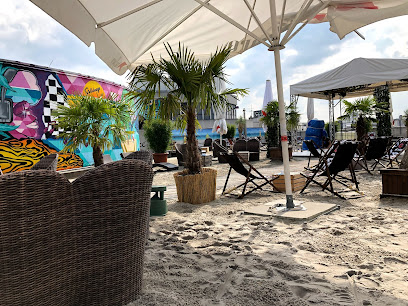
Dublin Inn
0.3 km
Experience the warmth of Irish hospitality at Dublin Inn, where traditional food, drinks, and sports come together in Hanover's lively atmosphere.
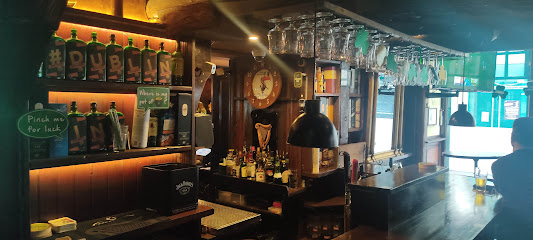
Barfuß Bar
0.3 km
Experience the vibrant nightlife of Hanover at Barfuß Bar, where great drinks and a lively atmosphere await every visitor.
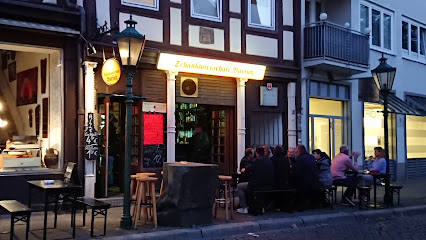
Bar Königsbar
0.3 km
Experience the vibrant nightlife at Bar Königsbar in Hanover, a cozy bar perfect for unwinding and socializing with locals and fellow travelers.
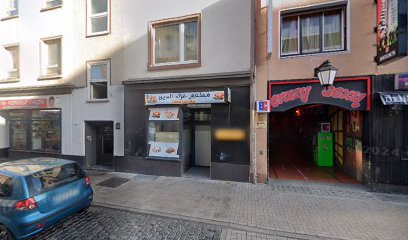
Schöne Aussichten 360° Beachclub Hannover
0.4 km
Discover the lively Schöne Aussichten 360° Beachclub in Hannover, where vibrant ambiance meets stunning views and refreshing drinks for a perfect getaway.
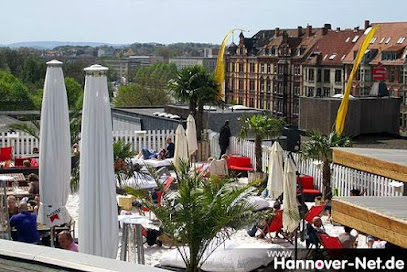
Leos Bar
0.4 km
Discover the lively atmosphere and exquisite drinks at Leos Bar, the heart of Hanover's nightlife. Perfect for unwinding or enjoying a night out.
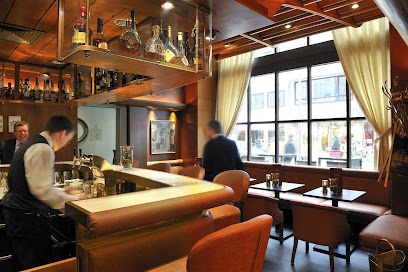
My Way Cocktailbar
0.4 km
Discover My Way Cocktailbar: Hanover's Hotspot for Creative Cocktails and Lively Atmosphere.
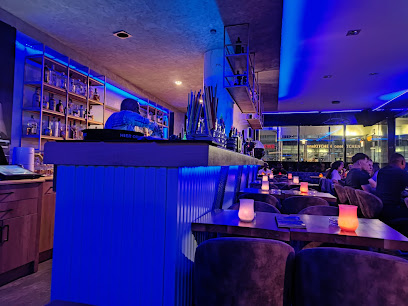
Oscar's Bar - Hannover
0.5 km
Discover the lively atmosphere of Oscar's Bar in Hannover, where exceptional cocktails meet a welcoming pub experience for all visitors.
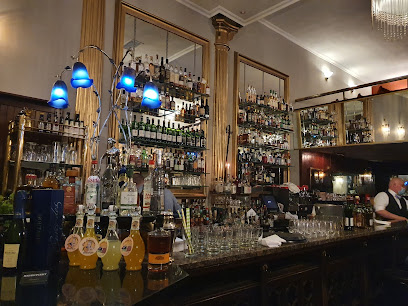
Sternwarte - Hannover
0.5 km
Explore the cosmos at Sternwarte - Hannover, where stargazing meets the perfect nightlife experience in the heart of the city.
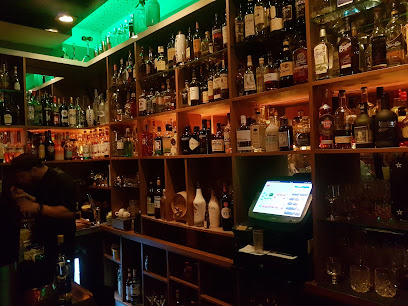
The Irish Pub
0.5 km
Discover the heart of Ireland in Hanover at The Irish Pub, where traditional cuisine and vibrant atmosphere create unforgettable moments.
